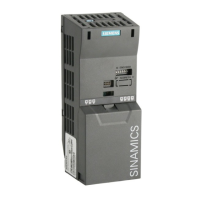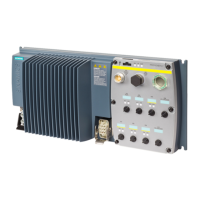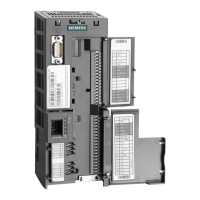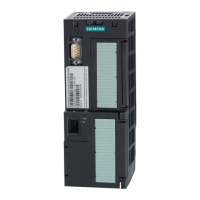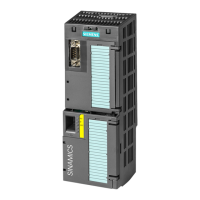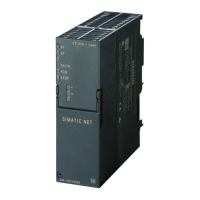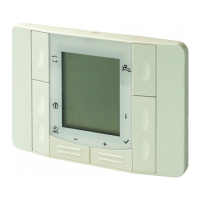Commissioning (software)
5.8 Commissioning the Fail-safe Functions
Control Units CU240S
5-64 Operating Instructions, 11/2006, A5E00766042B AA
To select the PROFIsafe communications, following actions would be performed:
1. P9603 would be set to the value 128.
2. The system would read the change, process the information to the drive processor
memory and verify that the information has been received correctly.
3. P9803 would be set to the value 128.
4. The system would read the change, process the information to the communication
processor memory and verify that the information has been received correctly.
5. Once both write actions have been verified by the system, a checksum is created.
When commissioning has been completed, a checksum for all the data held in both
memories is created and continually checked to verify the integrity of the data.
Notice
Behavior of inverter on completion of commissioning
The following behavior should be noted when commissioning the inverter:
• After commissioning the fail-safe functions the fail-safe parameters are automatically
stored in the RAM and EEPROM.
• If an MMC is plugged into the CU, this is not affected by normal commissioning or
commissioning the fail-safe functions.
• To save the EEPROM content on a MMC, a transfer EEPROM to MMC via P0802 = 2
must be performed.
• After commissioning the fail-safe functions, an acceptance test must be carried out.
5.8.1 Parameters for fail-safe functions
Parameters for fail-safe functions
The following table gives an overview of all parameters for fail-safe functions. Fail-safe
parameters have access level 3 (P0003 = 3). To modify values of fail-safe parameters a
password is required (P9761). A detailed description is given in the parameter list.
Since there are two processors on CUs with integrated fail-safe functions, they will be
distinguished as follows:
● The drive processor will be termed as P1
● The communications processor will be termed as P2.

